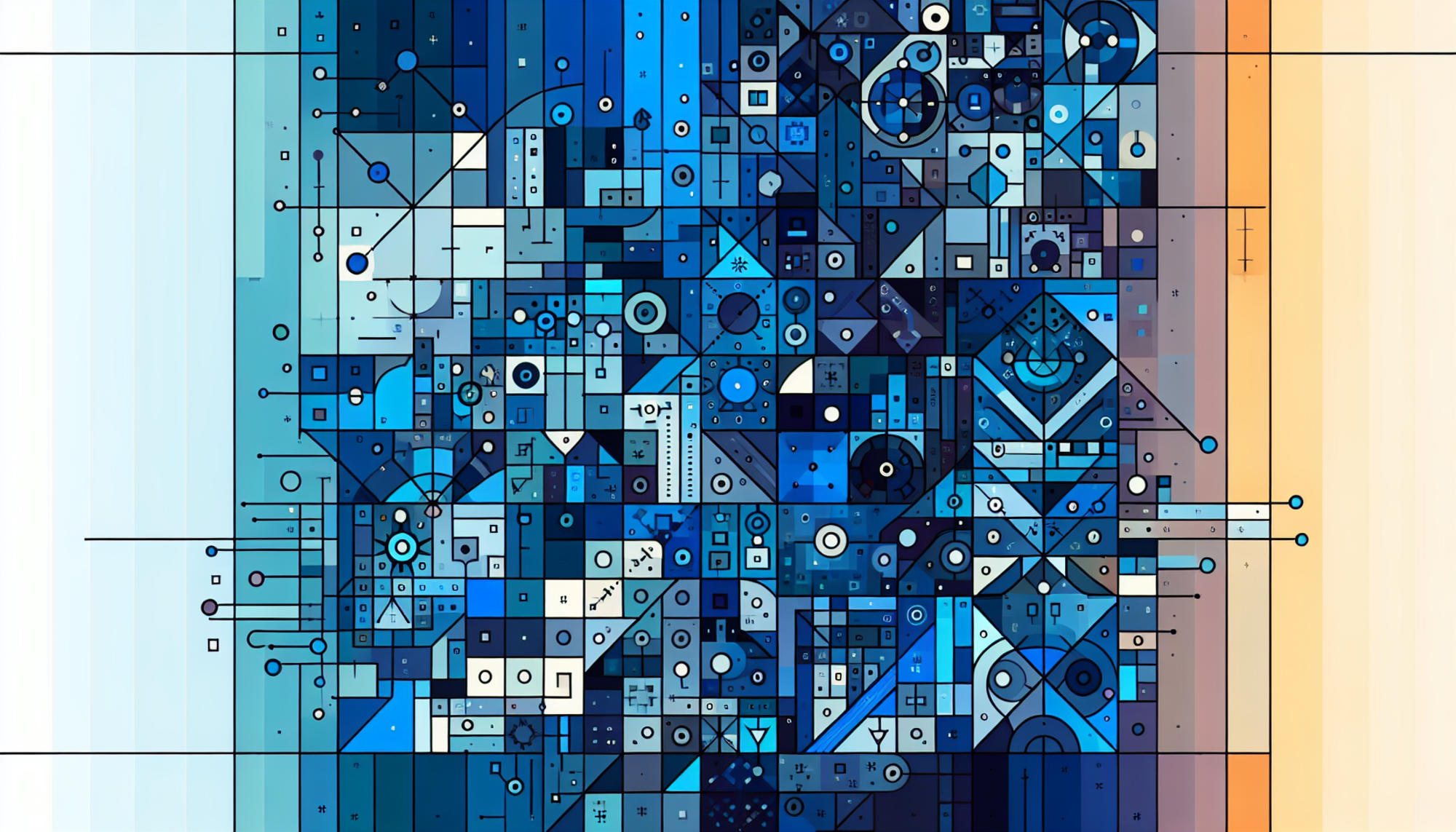AI Advancement: Roadblocks and Revelations in Code and Cells

The world of artificial intelligence is continuously evolving, pushing boundaries in diverse fields such as software engineering and medicine. Recent blog posts from the Massachusetts Institute of Technology (MIT) shed light on two significant advancements: the capability of AI in software engineering and the breakthroughs in precision medicine via AI-driven analysis. These discussions not only unveil the current state of AI but also ignite a proactive dialogue about its future potentials and challenges.
Code Wars: The Quest for Autonomous Software Engineering
In their insightful study published by MIT's CSAIL, researchers outlined the roadblocks hindering the full realization of autonomous software engineering (MIT, 2025). They emphasize that while AI is lauded for its prowess in code generation, the spotlight often obscures the myriad of engineering tasks that remain considerably complex. From managing vast codebases to refining existing systems, the challenges faced in software engineering extend far beyond the scope of what AI has currently mastered.
This comprehensive review clarifies common misconceptions—the narrative that AI could simply replace human programmers overlooks the intricate and nuanced nature of software development. Tasks such as testing, refactoring, and code optimization require not only technical acumen but also contextual understanding that AI systems struggle with. Researchers argue for a community-based approach to address these limitations, advocating collaborative data-sharing and transparency in AI processes, which brings us one step closer to a future where AI enhances the role of software engineers rather than displacing them.
Cell-Savvy AI: Innovations in Precision Medicine
On a different front, another MIT blog post introduces CellLENS, a new AI that facilitates groundbreaking advancements in precision medicine. This tool excels at distinguishing hidden subtypes of cells within cancerous tissues, which is crucial for developing targeted therapies against cancer (MIT, 2025). By utilizing a combination of convolutional and graph neural networks, CellLENS presents a more sophisticated view of cellular behavior, allowing researchers to construct a holistic profile of individual cells.
The ability to analyze cells in their specific context within the tumor landscape could revolutionize immunotherapy. The nuances captured by CellLENS provide a clearer pathway to identifying which cell subtypes are actively involved in tumor interactions. Such insights hold the power to escalate the effectiveness of treatments, illustrating the significant impact AI can have on both patient outcomes and the broader medical field.
The Human-Machine Dichotomy
Both blog posts challenge the binary perspective of AI as a mere tool for automating tasks versus a partner in human endeavors. Instead, they present a vision of AI as an amplifier of human capabilities. As programmers are liberated from mundane tasks, they can redirect their efforts towards more strategic and creative pursuits. This synergy between humans and AI could lead to innovation previously unachievable when restricted by the confines of manual processes.
However, this potential comes with its own set of ethical and practical dilemmas. As we design AI systems that wield the power to influence healthcare and software, we must tread carefully to incorporate fairness, accountability, and transparency. The responsibility lies not only in developing advanced algorithms but also in ensuring they are implemented with moral integrity and respect for all users.
The Road Ahead
The inquiries raised in these posts highlight key challenges in progressing AI technology, emphasizing the necessity for interdisciplinary collaboration and shared benchmarks across the industries. From software engineering to medicinal applications, a unified approach to research and development will be crucial to unlocking the future potential of AI technologies (Gu & Solar-Lezama, 2025). Furthermore, the call for a transparent dialogue about AI's capabilities and limitations fosters a culture of trust and innovation.
As more institutions engage in open-source collaborations, the field may witness robust improvements that pave the way for more reliable AI tools. The promise of AI lies not in the ambition to replace human intelligence but in the augmented capabilities it offers—working alongside us to tackle the tough problems of our future.
